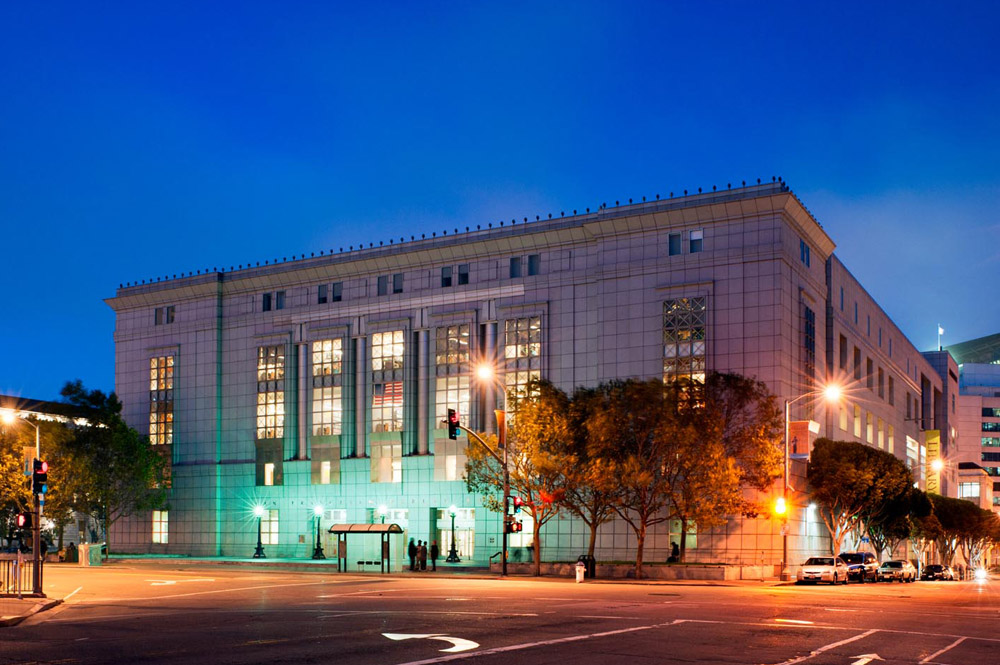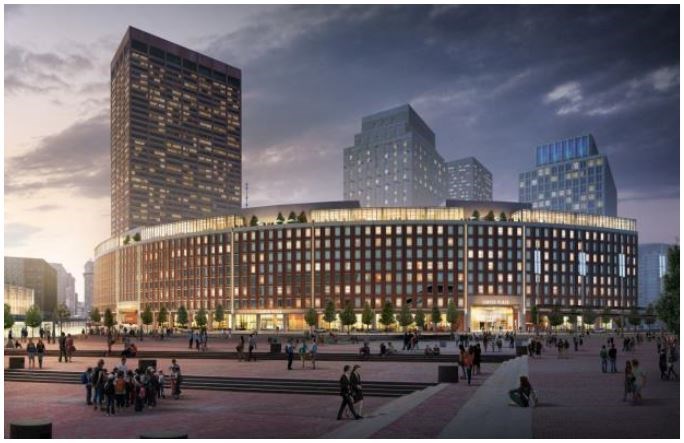The Millennial Spark: Something Old, Something New
How to meet the demand for places that embrace the best of both worlds.
By Haril Pandya
Hipster, vintage, retro, charming, revivalist, classic. These words all have one theme in common–they are descriptors for why we love and appreciate old things.
Over the past five years, the Millennial generation has reinvigorated a movement, bringing back old trends that lost their appeal over time–canned beer, old school hats and vinyl records. What were once considered trendy styles but then lost their favor, are now being brought back into the spotlight.
We experience the same feelings of association with our own homes, the buildings that make up our neighborhoods, as well as the architecture and design of our communities.
A homeowner who has the appetite and know-how (or hires a great architect) can renovate a post-modern or classic Deck house into a beautiful, contemporary home that could land a spot on the cover of Architectural Digest.
This same concept applies to office buildings. We like old buildings and their styles, and appreciate their place in history.
As a culture, our preferences for the places we live and work are all over the map. Some people want to live in new buildings and work in old ones; some live in old and work in new. Some prefer old/old, while others favor new/new.
Whichever the case may be, one thing is undeniable: there are many more old buildings than new in the world, which means there is plenty of value-add product on the market. In an economy where sites for ground-up construction are growing scarcer by the day, especially in dense urban cities, building owners are increasingly looking to retrofit existing commercial and residential properties where, for a low investment, they can achieve a high return.
Why? Because today’s generation wants to work in modern, flexible, hip spaces that are housed in older buildings that exude a unique appeal. That’s why the youngest building in town these days is often something old.
For instance, 10 years ago, would most business owners have considered moving their companies to old warehouses, former federal buildings or historic properties? Probably not. But this is the trend today, and several visionary developers have been at the forefront of this movement for years.
At Playa Vista, the mixed-use development on Los Angeles’ Westside, Shorenstein Properties converted a former U.S. Post Office campus into a modern, trendy, fully-leased 20-acre complex. Reopened in 2013 under a new name, the Reserve, the property features industrial walls with glass, a fitness center and beach volleyball court, and serves as home base to creative, fast-growing companies like Sony Corp.’s PlayStation and TMZ, the celebrity-gossip website.

Shorenstein renovated the vintage Western Furniture Exchange and Merchandise Mart in San Francisco, which now serves as Twitter’s headquarters.
In San Francisco, Twitter chose to relocate its headquarters to the Western Furniture Exchange and Merchandise Mart, which dates from 1937. Shorenstein completely retrofitted and repositioned the three-acre site into a hub of social activity integrated with office space.
Renamed Market Square and completed in 2012, the building features beautiful and spacious interior public spaces, an outdoor plaza and social gathering area, three restaurants, a fitness center and the imaginative repurposing of existing wood to keep the building’s history alive.
In the Northern Liberties section of Philadelphia, Alliance Partners HSP is planning to reposition a 250,000-square-foot warehouse in an old industrial neighborhood into cool, creative and original office space that will cater to Millennials in the media, advertising and technology sectors. The project, which is dubbed SoNo for “South Northern Liberties,” currently serves as a distribution center for Destination Maternity, but the retrofit plans include a distinctive open work space rich in amenities, such as outdoor seating areas with food trucks, stadium seating for presentations and a rooftop amenity deck that will have private club areas for outdoor meetings and events.
CBT’s own Asset Strategy & Building Repositioning team works closely on such projects with commercial property owners, managers, brokers and forward-thinking developers. Together, we evaluate the property, devise strategies for improving its brand and create design solutions. Through this process, we alter how the property is perceived in the market and make it as competitive as possible, thus increasing its value.
In downtown Boston, for example, Center Plaza is today an uninspiring street-level arcade whose atmosphere resembles that of a parking garage. When we were tasked to assess the property by Shorenstein, its owner, we concluded that it’s not really Center Plaza’s façade that needs a makeover, but the visitor experience as a whole. With that in mind, we are working with Shorenstein to transform the property to an exciting and experiential pedestrian arcade. New pavers, benches, lighting and greenery will complement the retailers and restaurants that currently occupy the ground level. Also on the way are upgrades to interior lobbies and exterior walkway/breezeway areas, as well as rooftop improvements to enhance the tenant experience.
Buildings reside in neighborhoods, and neighborhoods greatly influence the economy of their cities. Each building plays an important role in activating, supporting, inspiring and cultivating its surrounding area, and has a responsibility to be a great civic neighbor. Of the many contributions we make to society, few are more valuable than refreshing vintage buildings in ways that keep them vital for decades to come.
Haril Pandya is a principal with CBT Architects, a Boston-based architecture, planning and interior design firm.









You must be logged in to post a comment.